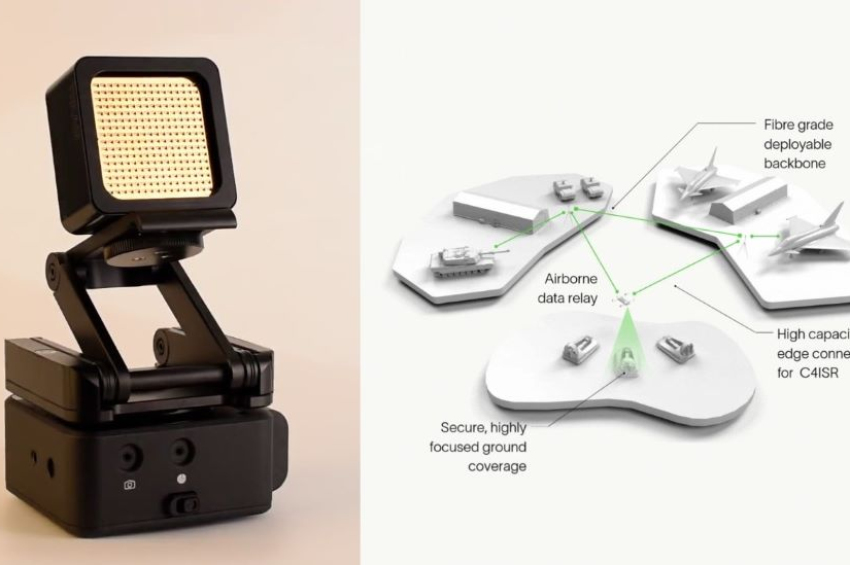Swedish startup launches RU1 — a secure, “sovereign” alternative to Starlink that relies on users
Swedish startup TERASi has unveiled a new pocket-sized communications device that could reshape military and emergency connectivity. The system, named RU1, is being promoted as the world’s smallest and lightest mm-Wave radio — offering ultra-fast speeds, secure links, and independence from third-party operators like SpaceX’s Starlink.
The company says the RU1 delivers sovereign communications designed for use in military operations, disaster relief, and industrial settings. Unlike satellite-based systems, RU1 networks are owned and operated directly by users, ensuring they cannot be remotely restricted or shut down.
More to read:
Amazon to ignite space internet race with launch of its first satellites next week
RU1 can be deployed in minutes to keep units connected in fast-changing environments, according to TERASi co-founder and CEO James Campion. Users can build secure, high-speed networks on the fly — without relying on external providers.
The device, which Campion calls “the GoPro of backhaul radios,” can be mounted on tripods or drones and linked into a mesh network. This setup supports mission-critical applications such as live drone feeds, fleet coordination, and real-time sensor integration.
A Starlink contrast
Starlink, which billionaire Elon Musk has been promoting as a global communication network, has played a crucial role in Ukraine since Russia’s 2022 invasion, but its private ownership has raised concerns. Investigations revealed that Elon Musk, CEO of SpaceX, restricted service during key Ukrainian operations — including a counteroffensive in Kherson and a planned drone strike near Crimea. Reports also claim Musk discussed limiting coverage elsewhere at the request of world leaders, without naming them.
These episodes exposed the risks of relying on satellite networks controlled by a single private operator. TERASi says RU1 eliminates that vulnerability by ensuring users maintain full control over their communications.
Performance and security
Beyond governance, RU1 also aims to outpace Starlink in performance. TERASi reports that the device supports data rates of up to 10 Gbps — around 50 times faster than Starlink — with latency below 5 milliseconds. Future versions could reach 20 Gbps, creating a true wireless alternative to fiber connections, Campion promised.
More to read:
Chinese researchers figure out how to detect stealth aircraft using Starlink satellites
The RU1 also leverages highly focused, narrow-beam antennas that reduce interception risks. Its “laser-like” signals have ground footprints of less than 3 km, making them extremely difficult to jam or detect. By comparison, Starlink’s lower-frequency radio waves cover areas of around 1,000 km, which Campion argues makes them “far more interceptable.”
Beyond the battlefield
While military units are already evaluating the system, TERASi sees broader applications. The RU1 could restore high-speed links for first responders in disaster zones, or provide temporary gigabit networks for remote industries such as construction, mining, and energy.
Campion emphasizes that RU1 complements, rather than replaces, satellite services: Starlink is well-suited for connecting wide areas and low-data-rate devices to global networks. RU1, by contrast, empowers users to build sovereign networks instantly, shifting the frontline from reliance on infrastructure to immediate self-sufficiency.
Though RU1 cannot replicate Starlink’s global reach, its combination of speed, security, and independence could prove vital in environments where communications resilience is critical. In an era where the actions of a single CEO can disrupt military operations, TERASi’s technology positions itself as a “sovereign alternative” that no external actor can switch off.







